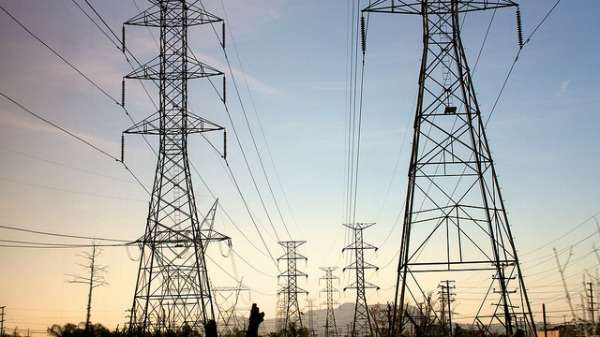Going off-grid easier with friends

With WA's power grid ageing and energy bills soaring, microgrids have never been more talked about—and they're easier with friends.
Microgrids are independently managed, locally-generated energy grids that allow communities to supply and manage their own power supply.
A prime example of a microgrid is WA's Alkimos Beach project, which will use lithium-ion batteries and rooftop solar to power a new housing development.
"Microgrids are becoming more of a reality than ever before, and not only for remote communities, but also on an urban and utility scale," Curtin University's Professor Arindam Ghosh says.
"They're reliable, energy-diverse and environmentally friendly, and these advantages are driving microgrid research and development."
Because urban microgrids can connect or disconnect from the main grid as required, they can also provide backup when the main grid goes down, Prof Ghosh says.
For example, when Japan's 2011 tsunami knocked out Sendai City's power grid for weeks, the microgrid at its local university didn't blink, using fuel cells, solar panels and natural gas turbines to power its way through the entire disaster.
But any grid can be knocked out when demand exceeds supply.
Cooperative resource sharing
"The main problem with microgrids is that you have limited resources," Prof Ghosh says.
"You might not have sufficient backup to cope with peak energy loads, which means there's the possibility that your grid will go down."
The answer is to create microgrid clusters, Prof Ghosh says.
His research indicates that connecting independently managed microgrids enables mutual support during peak demand periods.
"Say you know you're able to supply your microgrid with four generators, but for some reason—maintenance or failure—you lose one generator, you might have a shortfall of twenty or thirty kilowatts, and that's enough for your microgrid to collapse," he says.
"That's when you need to ask your neighbour for help."
If your microgrid is connected with a neighbour's microgrid, you could fill your shortfall with their excess supply, but managing this sharing can become complicated, especially where grids are connected using a simple switch.
Prof Ghosh's simulations employed the more sophisticated option of connecting with a back-to-back converter.
"With a back-to-back converter, I have control over how much power I can take from my neighbour, and how much power I can send…it allows me to give you x amount of power, but to keep the rest for myself," he says.
Prof Ghosh says reducing power demand during peak times is also essential.
More information: Megha Goyal et al. Microgrids interconnection to support mutually during any contingency, Sustainable Energy, Grids and Networks (2016). DOI: 10.1016/j.segan.2016.02.006
Provided by Science Network WA
This article first appeared on ScienceNetwork Western Australia a science news website based at Scitech.




















